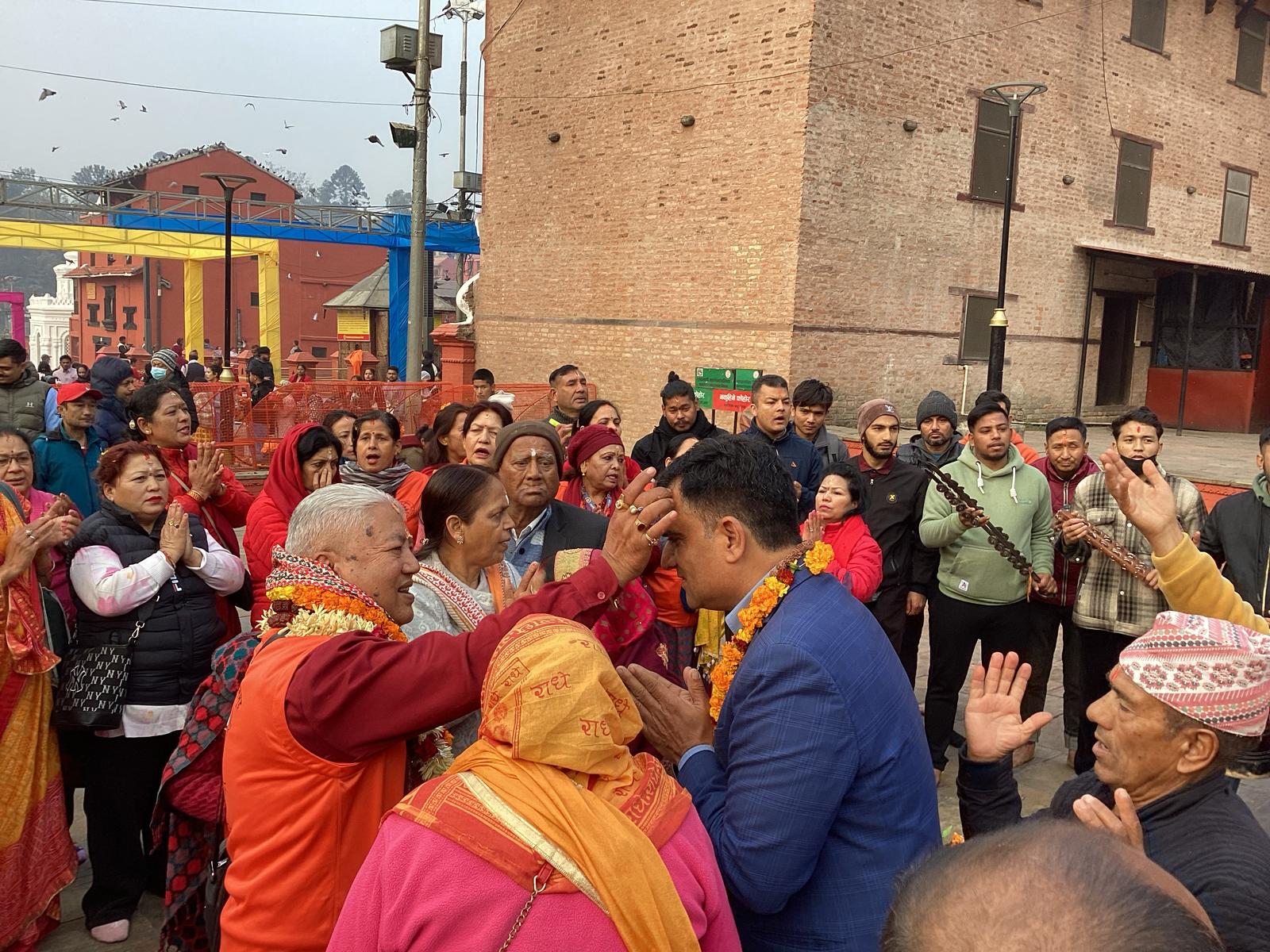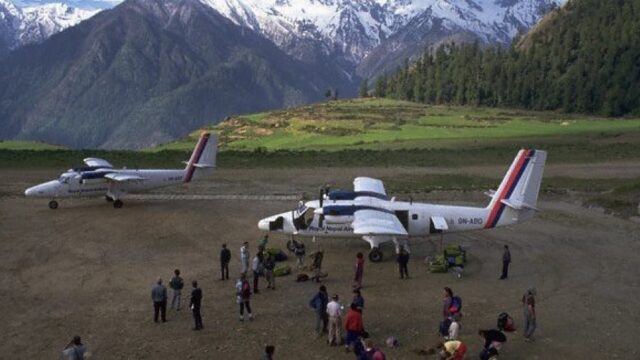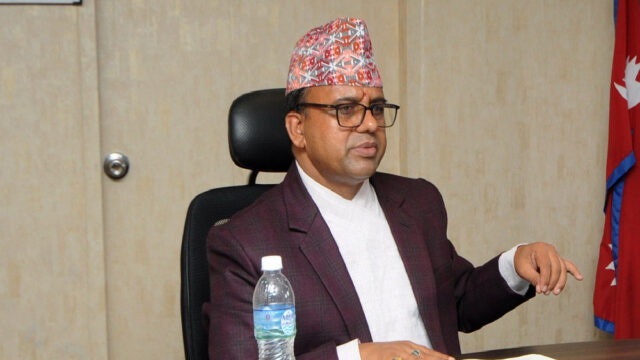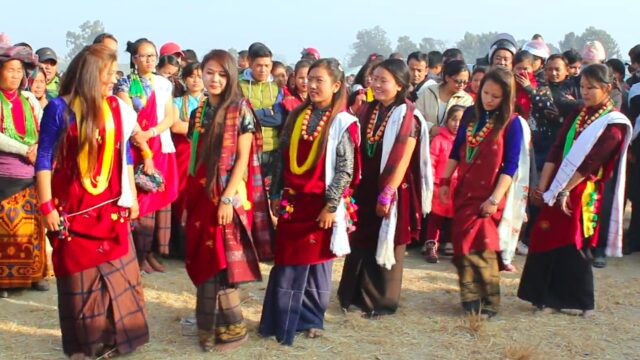Maha Shivaratri, one of the holiest festivals in the Hindu tradition, is being celebrated with unparalleled devotion at Pashupatinath Temple in Kathmandu, Nepal. Falling on February 26, 2025, this sacred night brings together over 1.2 million devotees, including pilgrims, saints, and spiritual seekers from Nepal, India, and beyond.
The festival is dedicated to Lord Shiva, the Supreme Destroyer and Transformer, and is observed with deep reverence through fasting, prayer, meditation, and grand rituals. It is believed that worshiping Shiva on this night washes away sins and grants spiritual liberation, making it one of the most significant nights for devotees worldwide.
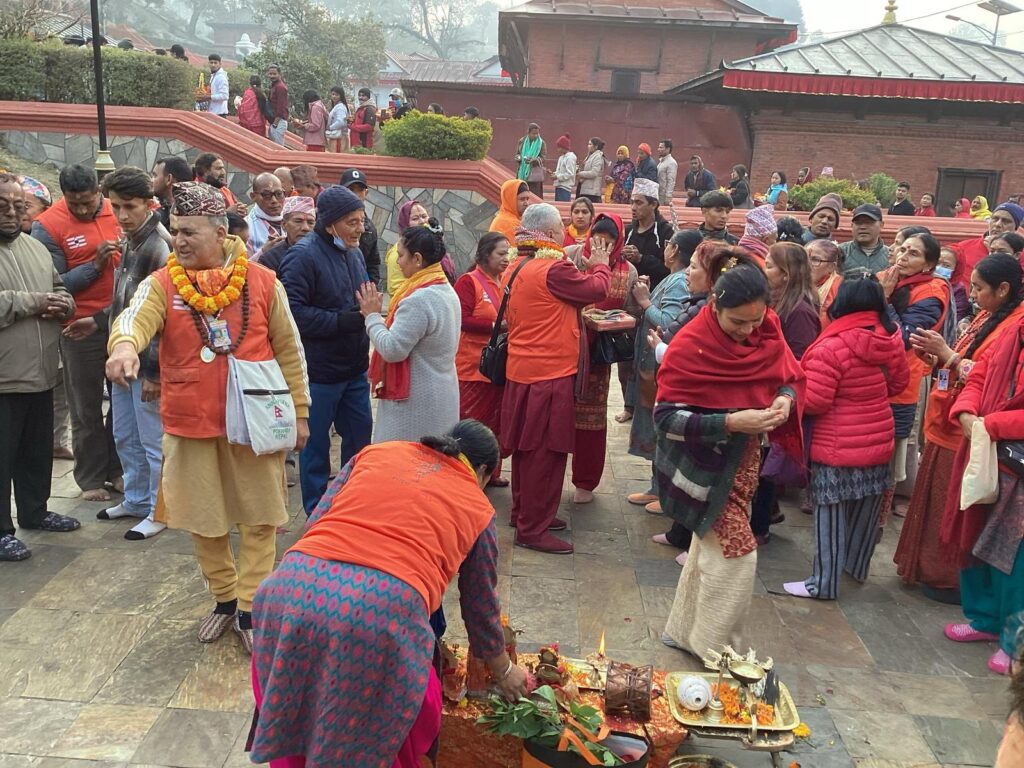
Pashupatinath Temple, an ancient and revered UNESCO World Heritage Site, stands as the spiritual heart of Nepal’s Hindu faith. Situated on the sacred Bagmati River, this temple is considered the abode of Lord Pashupati, a divine manifestation of Shiva as the protector of all living beings.
Its golden roofs, intricately carved woodwork, and majestic pagoda-style architecture reflect Nepal’s rich cultural heritage. Devotees believe that prayers and offerings made at Pashupatinath ensure peace in this life and liberation in the afterlife. Every year, millions of pilgrims undertake this journey, seeking divine blessings and a connection to their spiritual roots.
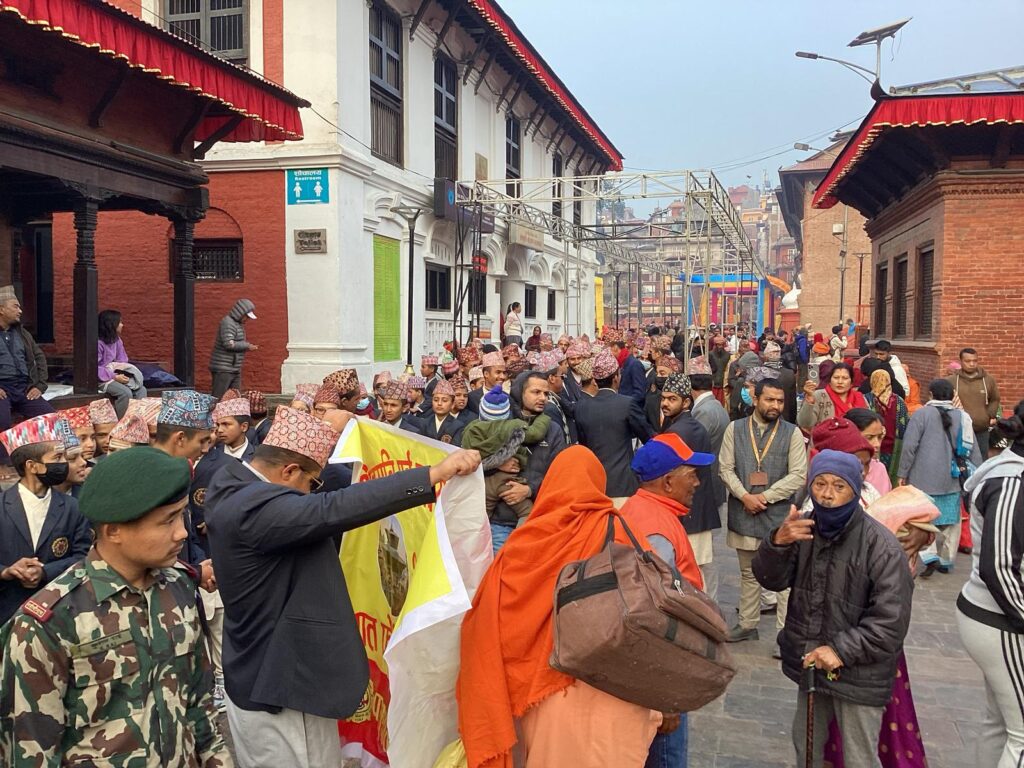
Maha Shivaratri holds profound religious significance. Some believe it marks the cosmic dance of Shiva, known as the Tandava, symbolizing creation, preservation, and destruction. Others celebrate it as the divine wedding anniversary of Lord Shiva and Goddess Parvati, signifying the union of masculine and feminine energies.
The entire night is filled with hymns, bhajans, and the continuous chanting of “Om Namah Shivaya,” as devotees engage in intense meditation and prayer. The Rudra Abhishek, a sacred ritual where the Shiva Lingam is bathed with milk, honey, ghee, and holy water, is performed to invoke Lord Shiva’s blessings for health, prosperity, and spiritual upliftment.
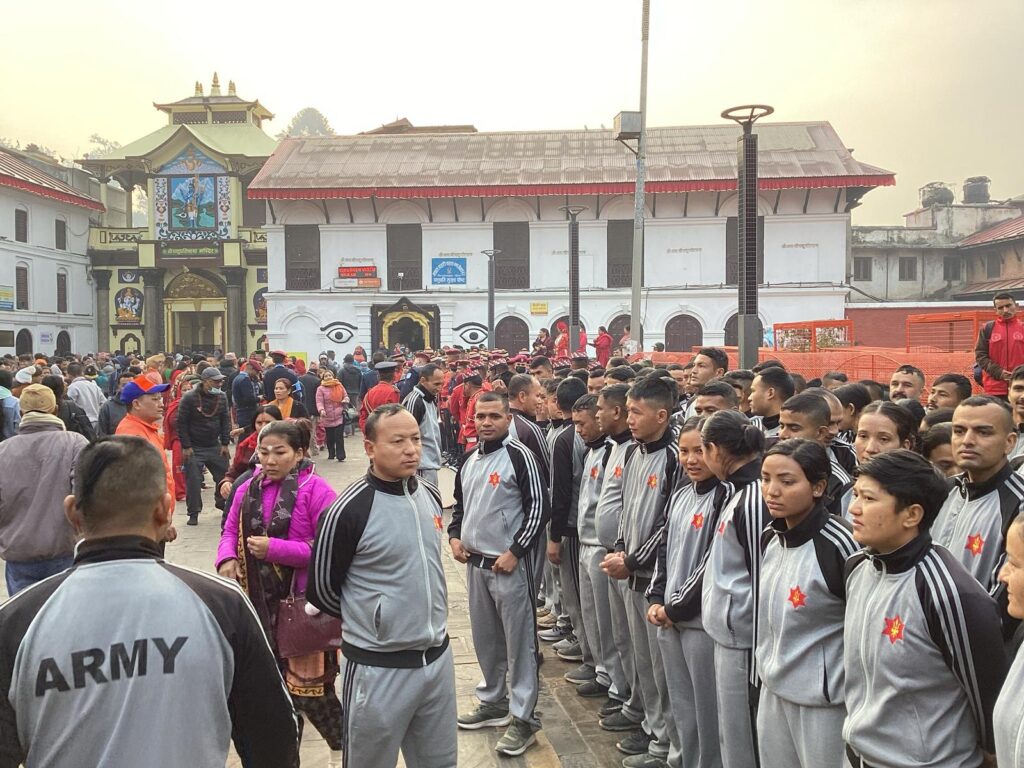
A defining aspect of Maha Shivaratri at Pashupatinath is the presence of thousands of sadhus, particularly the Naga sadhus, who travel from remote ashrams in Nepal and India. These ascetics, covered in ash and wearing minimal clothing, symbolize renunciation and spiritual transcendence.
Many sit in deep meditation near sacred fires, reflecting their detachment from worldly desires, while others chant and bless devotees, adding to the temple’s spiritual intensity. Among them are Aghori sadhus, who follow extreme ascetic practices, and Shivabhaktas, who dedicate their lives to the worship of Lord Shiva. The sight of these mystics, lost in devotion, adds to the unique and powerful energy of the celebration.
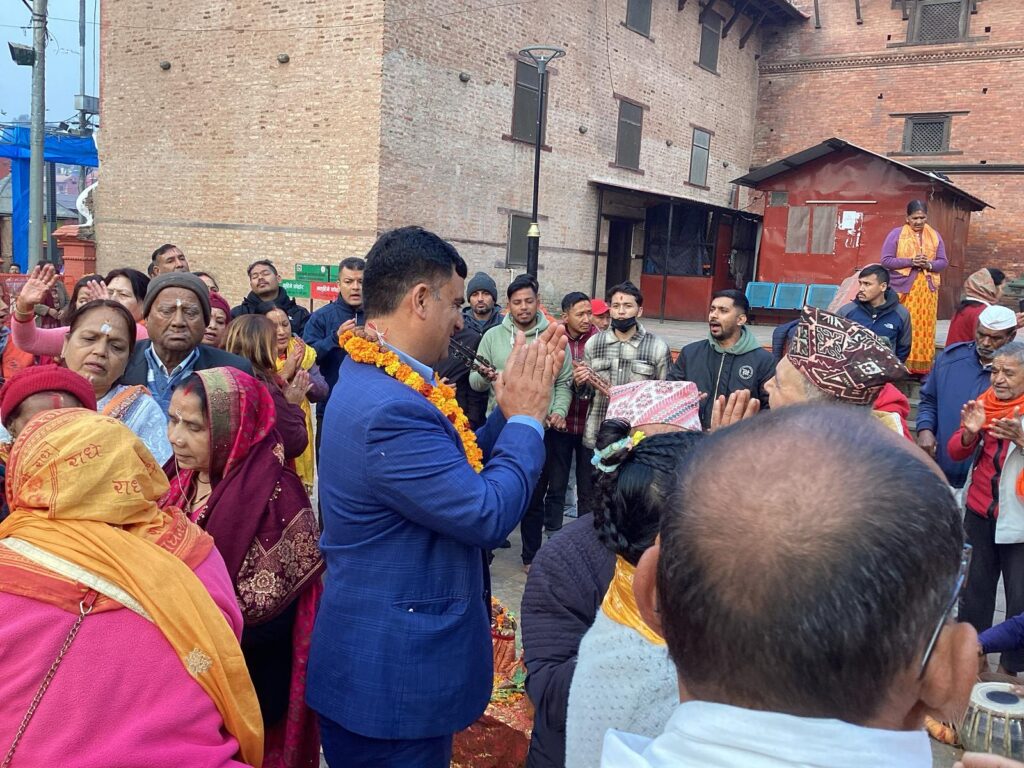
Managing a festival of this scale requires immense preparation. Over 5,000 security personnel, including the Nepal Police and the Nepal Army, have been deployed to ensure safety, crowd control, and emergency response. Medical teams and volunteers are stationed throughout the temple premises, assisting elderly and differently-abled devotees.
The Pashupati Area Development Trust (PADT) has implemented strict waste management strategies to keep the temple surroundings clean and organized. Special bamboo barricades and queue systems have been arranged to maintain smooth movement, allowing every devotee to have a darshan (sacred viewing) of Lord Pashupati.
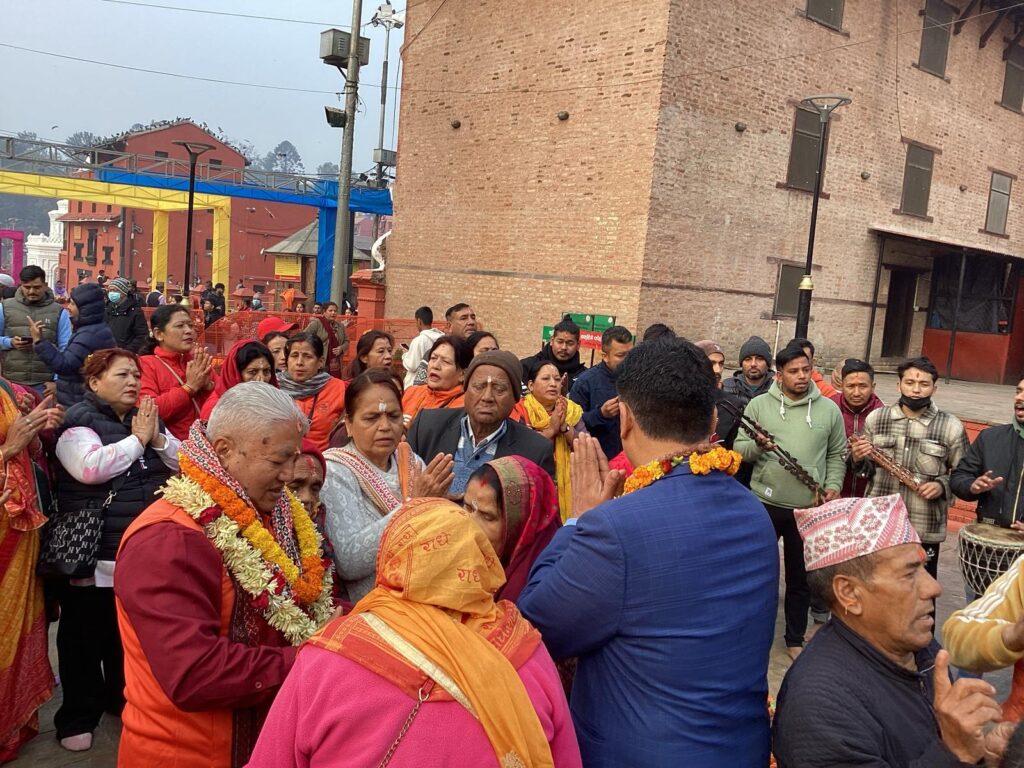
A significant tradition during Maha Shivaratri at Pashupatinath is the Bhandara, or free meal distribution, which reflects the festival’s spirit of generosity and service. Large-scale community kitchens have been set up to serve prasadam (blessed food) to thousands of devotees, ensuring that no one leaves hungry.
Additionally, free tea distribution stalls have been placed across the temple area, offering warmth and comfort to those waiting in long queues. Since Maha Shivaratri falls in late winter, these services play a crucial role in enhancing the devotees’ experience and fostering a sense of collective care.
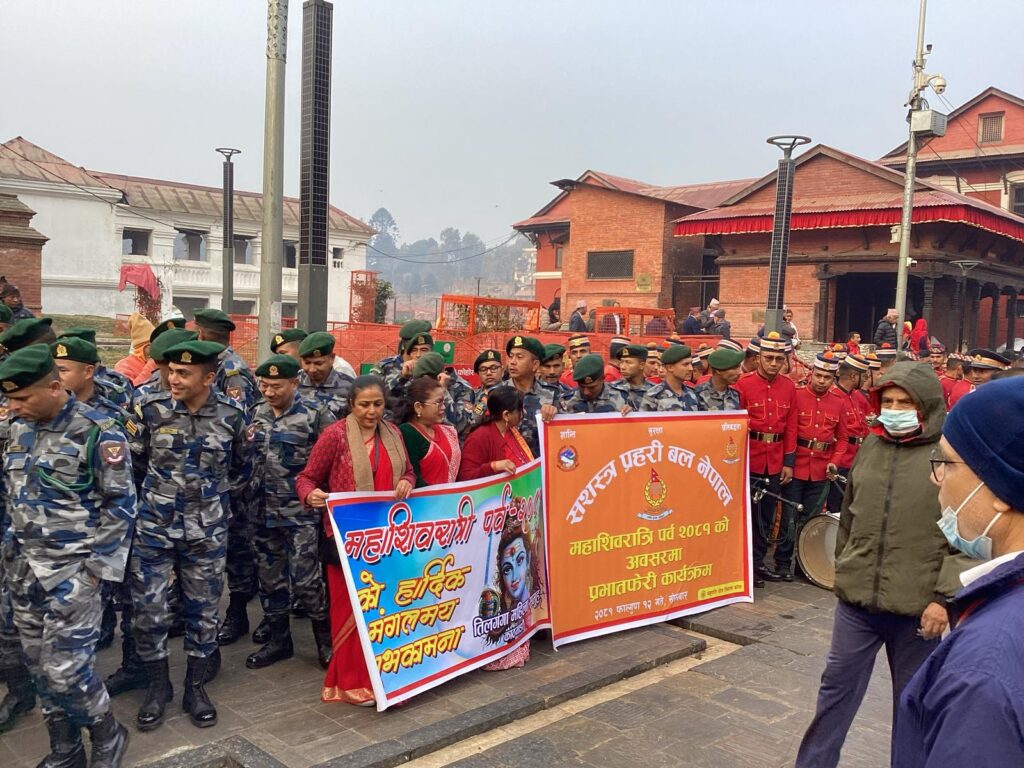
For devotees unable to visit Pashupatinath in person, PADT has arranged live streaming of Maha Shivaratri rituals, allowing global followers to participate virtually. Social media platforms are filled with real-time updates, photos, and videos, bringing the spiritual essence of Pashupatinath to millions around the world.
Maha Shivaratri also provides a significant boost to Nepal’s religious tourism sector, attracting thousands of international pilgrims, especially from India, Bhutan, and Western countries. This influx of visitors strengthens Nepal’s reputation as a spiritual destination, supporting local businesses, hotels, and transport services. Maha Shivaratri at Pashupatinath is not just a religious event it is a profoundly transformative experience that unites millions in faith, devotion, and spiritual awakening.
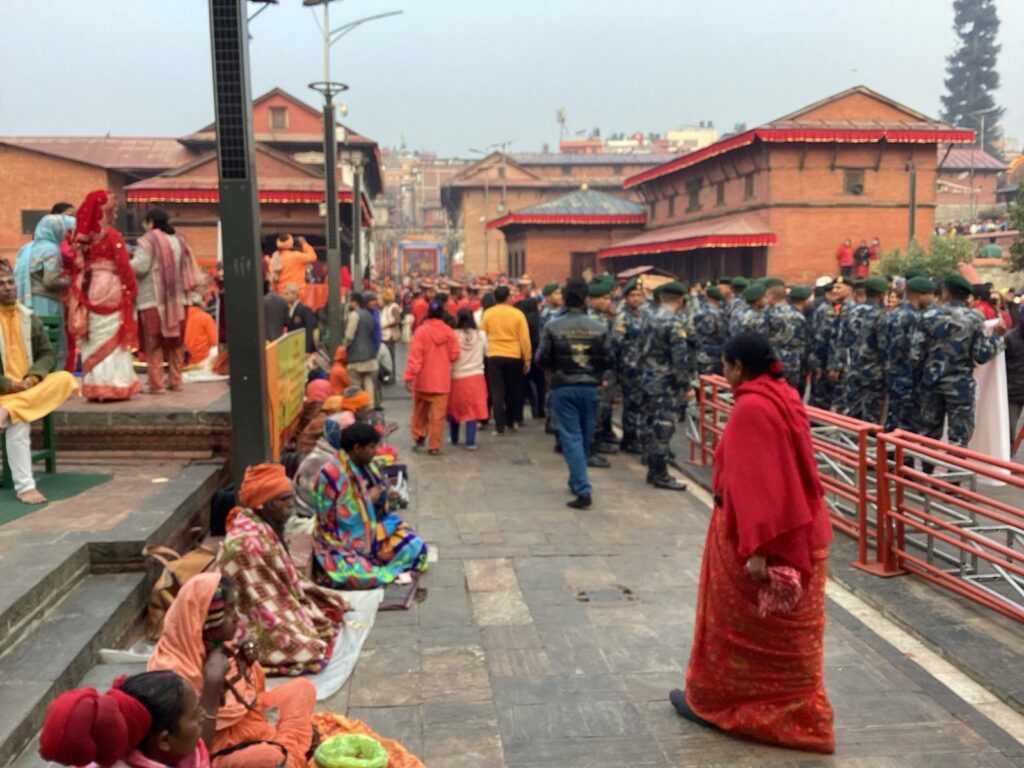
As the night deepens, the temple remains filled with the glow of oil lamps, the echoes of sacred chants, and the unwavering faith of Shiva’s devotees. Some sit in silent meditation, surrendering themselves to Lord Shiva’s divine presence, while others sing and dance in ecstasy, celebrating the eternal power of their beloved deity. The atmosphere is charged with mystical energy, reinforcing the timeless significance of Pashupatinath as the abode of Shiva.
Maha Shivaratri 2025 at Pashupatinath is a testament to the power of devotion, the endurance of tradition, and the profound connection between humanity and the divine. It is a night where time seems to stand still, where souls find solace in Shiva’s embrace, and where the spirit of faith and unity shines brighter than ever.
